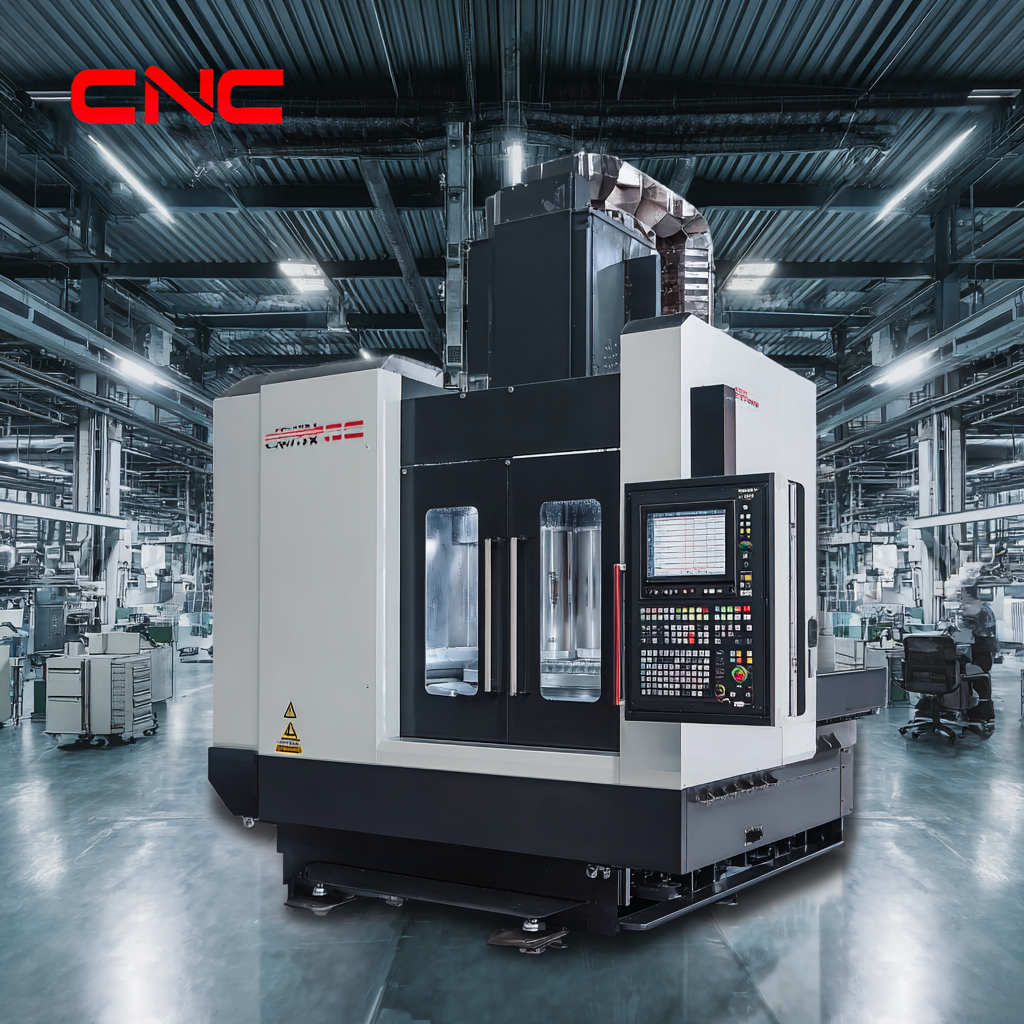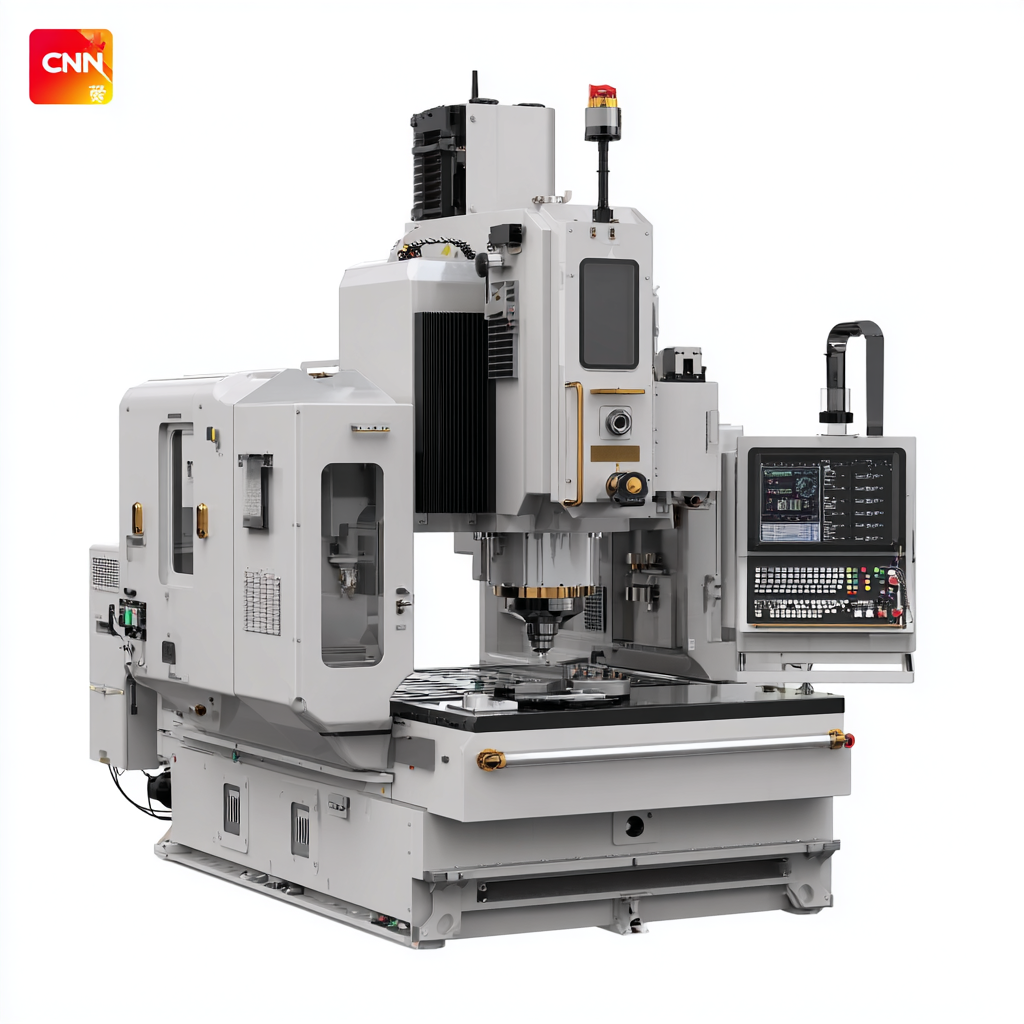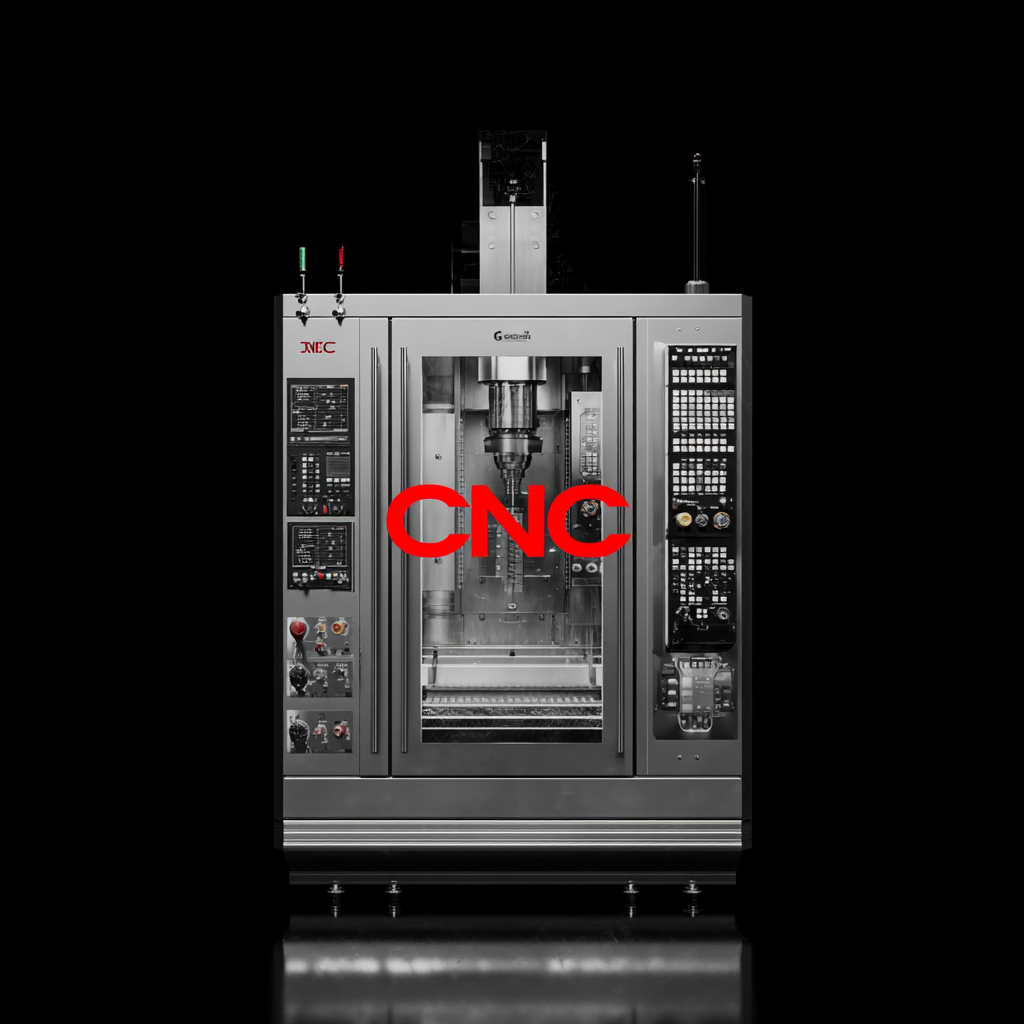Unveiling the Technical Specifications of the Best Vertical CNC Machines for Global Buyers
In today's fast-paced manufacturing environment, the demand for precision and efficiency is paramount, making vertical CNC machines a critical choice for industries worldwide. This blog aims to unveil the technical specifications of the best vertical CNC machines available to global buyers, providing valuable insights into their performance and capabilities. Understanding how to select a high-quality manufacturer is essential for ensuring that you invest in a machine that meets your specific production needs.

We will explore key features and specifications that differentiate top-performing vertical CNC machines from the rest, as well as guide you on how to identify reputable manufacturers in this competitive landscape. Whether you're a seasoned operator or a newcomer to the CNC world, this comprehensive guide will equip you with the knowledge needed to make informed decisions for your manufacturing operations.
Exploring the Advantages of Vertical CNC Machines in Modern Manufacturing
In the realm of modern manufacturing, vertical CNC machines have emerged as a cornerstone technology, providing numerous advantages that enhance both efficiency and precision. According to a report by MarketsandMarkets, the CNC machine market is projected to reach USD 117.2 billion by 2026, driven significantly by the increasing adoption of vertical CNC machines. These machines excel in operations such as milling, drilling, and engraving, allowing manufacturers to achieve intricate designs with high repeatability.
One of the primary benefits of vertical CNC machines is their space-saving design. By virtue of their vertical orientation, these machines maximize use of floor space while allowing easy access to the workpiece, facilitating better tool changes and setup. The American Society of Mechanical Engineers (ASME) highlights that vertical CNCs can produce parts with tolerances of up to ±0.005 inches, making them ideal for industries that require precision, such as aerospace and medical device manufacturing. Additionally, the reduced cycle time associated with vertical milling operations—often up to 30% faster than traditional methods—further underscores their value in competitive industrial environments.
Key Technical Specifications to Consider When Choosing Vertical CNC Machines
When selecting the best vertical CNC machines, understanding key technical specifications is crucial for global buyers. One of the top factors to consider is the machine's spindle speed, which directly impacts the material removal rate. Higher spindle speeds allow for faster machining, particularly when working with harder materials. Additionally, look for machines that offer variable speed settings, enabling optimized performance depending on the job requirements.

Another essential specification is the machine's axis configuration. A 3-axis machine is typically sufficient for most applications; however, for more complex parts, consider a 5-axis CNC machine. This flexibility can minimize setup time and improve accuracy. Be sure to assess the machine’s travel distance on each axis to ensure it meets your production needs.
Tip: Always check the machine’s build quality and rigidity, as a robust design reduces vibration and enhances precision. Additionally, exploring features like cooling systems can help maintain optimal working conditions, further extending the machine's lifespan.
How Vertical CNC Machines Enhance Precision and Efficiency in Production
Vertical CNC machines have revolutionized the manufacturing landscape by offering unparalleled precision and efficiency in production processes. Unlike traditional machining methods, these advanced machines utilize computer numerical control to execute intricate designs with remarkable accuracy. Manufacturers can achieve tight tolerances and create complex geometries without the risk of human error, making vertical CNC technology indispensable for industries such as aerospace, automotive, and medical device manufacturing.
Moreover, the efficiency of vertical CNC machines significantly streamlines the production workflow. The ability to automate repetitive tasks reduces production times and enhances overall output. These machines also allow for quicker setup and changeover, effectively minimizing downtime. As global buyers continue to seek out high-performance machinery, vertical CNC machines stand out as a vital asset that not only increases productivity but also sustains high quality in manufacturing. By leveraging these state-of-the-art machines, companies can remain competitive in an increasingly demanding market, ensuring they meet customer expectations while optimizing their operational capabilities.
The Impact of Vertical CNC Technology on Global Competitive Landscape
The impact of vertical CNC technology on the global competitive landscape is profound and multifaceted. As manufacturers seek to enhance production efficiency and precision, vertical CNC machines have become pivotal in driving innovation. These machines, known for their superior rigidity and ease of use, empower companies to achieve higher productivity levels while maintaining exceptional quality in machining processes. Countries investing in advanced vertical CNC technology are at the forefront of global manufacturing, as they can rapidly adapt to market demands and streamline operations.
Tip: When selecting a vertical CNC machine, consider its control system compatibility. Ensuring that the machine can integrate seamlessly with existing software will maximize your operational efficiency.
Moreover, the rise of vertical CNC technology has fostered increased collaboration among global manufacturers. As knowledge and techniques are shared across borders, businesses benefit from enhanced design capabilities and reduced lead times. This collaborative approach not only accelerates innovation but also elevates the overall standards of manufacturing practices worldwide.
Tip: Always evaluate the machine’s support and service options. A reliable manufacturer will provide comprehensive after-sales support, ensuring your operations run smoothly with minimal downtime.

Innovative Features in the Best Vertical CNC Machines for Enhanced Productivity
In the realm of precision machining, vertical CNC machines have become essential tools for manufacturers seeking to enhance productivity and ensure high-quality output. The best vertical CNC machines incorporate innovative features that streamline processes and minimize downtime. Advanced automation capabilities allow for quicker setup times and adaptive cutting paths that adjust to material variations, significantly improving operational efficiency.
Tips for optimizing your use of vertical CNC machines include regularly updating control software to leverage the latest features and improvements. This ensures your machine operates at its peak performance, benefitting from enhancements that can increase speed and accuracy. Additionally, investing in quality tooling can further elevate machining capabilities, leading to superior finishes and longer tool life.
Another vital aspect to consider is the machine’s connectivity options. Machines equipped with IoT functionality allow for real-time monitoring of performance metrics, enabling predictive maintenance that can prevent unexpected failures and costly repairs. Embracing these innovative features not only boosts productivity but also positions manufacturers ahead in a competitive global market.
